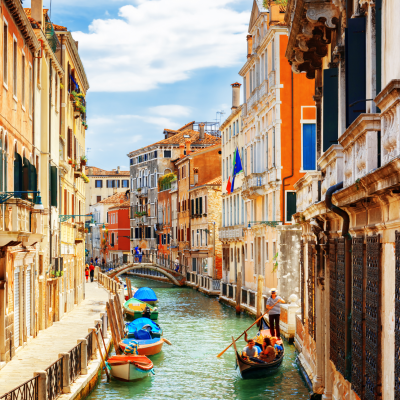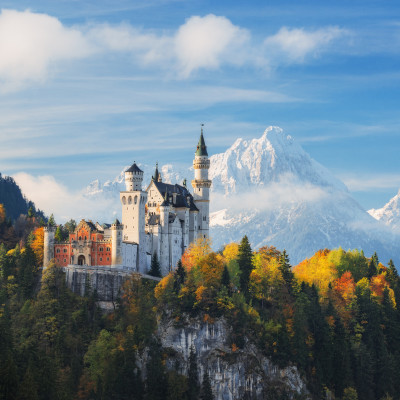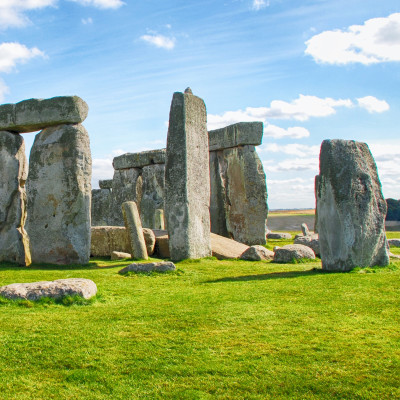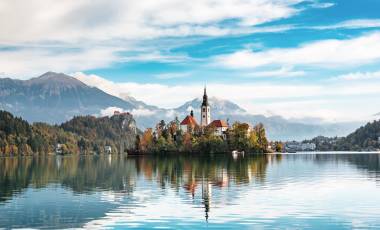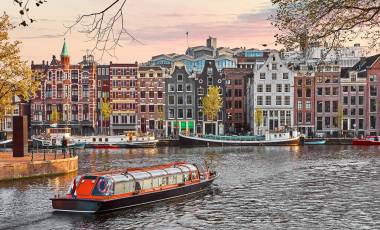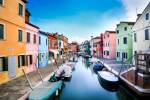Plan your perfect escape with our weather guide to Europe
Europe is a large and impossibly varied continent. From the romance of Paris, the heat and the history of Rome, to the culture of London, Europe has it all. You could spend your whole life in Europe, and still have new and interesting things to see and explore. For starters, have a look at this list of the 10 best things to do in Europe, which will give you an insight into the varied offerings of this continent.
However, it is this varied nature that makes choosing the best time to visit Europe all the more complicated. The ideal times are typically April – June and September – November. This is when the crowds are fewer, and the climate is fairly pleasant, which makes it perfect for both city explorers and outdoor enthusiasts. On the other hand, the summer months are pleasantly warm, but it can get very crowded during this time.
Best Time To Visit
overview
we recommend
- Bavarian Sledding Championship – Germany
- Edinburgh Hogmanay (New Years Eve) – Scotland
overview
we recommend
- St Patrick’s Day Festival, – Dublin, Ireland
- Semana Santa (Holy Week) -Spain
overview
we recommend
- Rome’s Birthday Celebration – Italy
- Rencontres Internationales de Cerfs-Volants (Kite Festival) – France
overview
we recommend
- Venice Biennale Art festival – Italy
- Jerez Horse Fair – Spain
overview
we recommend
- Bordeaux Wine Festival
- Greenwich and Docklands International Festival – London
overview
we recommend
- Wimbledon Tennis Tournament – London
- Bayreuth Festival – Germany
overview
we recommend
- Edinburgh Fringe Festival
- The Palio De Siena – Italy
overview
we recommend
- Venice Regatta – Italy
- Catalan National Day – Spain
overview
we recommend
- Euro Chocolate Festival – Perugia, Italy
- Berlin Festival of Lights – Germany
overview
we recommend
- Opera – Italy
- Guy Fawkes Day / Bonfire Night – England
overview
we recommend
- Nuremberg Christmas Market – Germany
- Ice Skating at Somerset House – London, England
Croatia and Slovenia
The summer months of July and August are ideal for visiting Croatia and Slovenia, when you can spend time on picturesque beaches and take walking tours through towns such as Ljubljana as well as the countryside. However, these months are also the busiest tourist months in these two countries. If you wish to experience Croatia and Slovenia without the crowds when the weather is almost perfect, we recommend traveling in May, June and September.
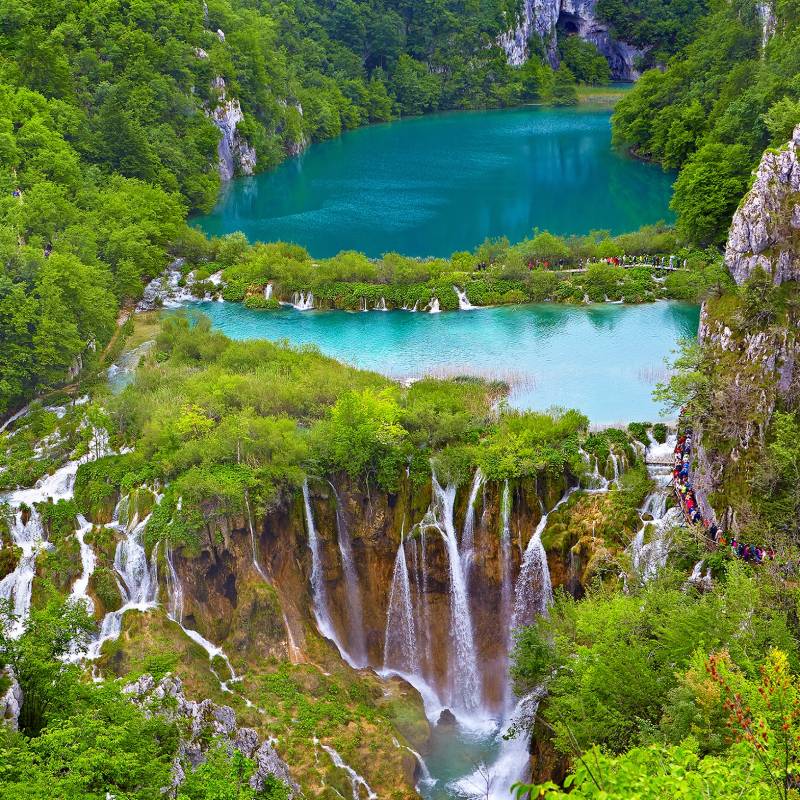
European Cities
The summer months of June, July and August are the best time to visit the famous European cities of Vienna, Prague, Budapest, Amsterdam, Salzburg and Innsbruck. Thanks to their location in Central Europe, these cities have four distinct seasons: summer, fall, winter and spring, with plenty to do throughout the year. However, the summer months can also be the busiest so if you wish to visit Europe’s historic cities sans the crowds, we recommend opting for a Europe vacation package in spring or fall.

France
Given France’s size and location, the weather and climate varies greatly depending on whether you are in northern or southern France. Northern France has a very similar (if slightly warmer) climate to the UK, however southern France is much warmer and more Mediterranean in character. Marseilles, on the southern coast of France, receives little annual rainfall whereas Paris sees a great deal more rain, with roughly 637 mm annually (luckily Paris is beautiful in the rain).

Germany
Germany is a wonderful place to visit all year round. Consider the cozy winter markets leading up to Christmas, or take a summer hike into the famous Black Forest. The temperature varies greatly, however. In the summer, temperatures can go beyond 73°F and below 5°F in the winter. This is the perfect time to visit the spectacular Bavaria region, where, in winter, the many hills and mountains will be blanketed by a surface of snow.
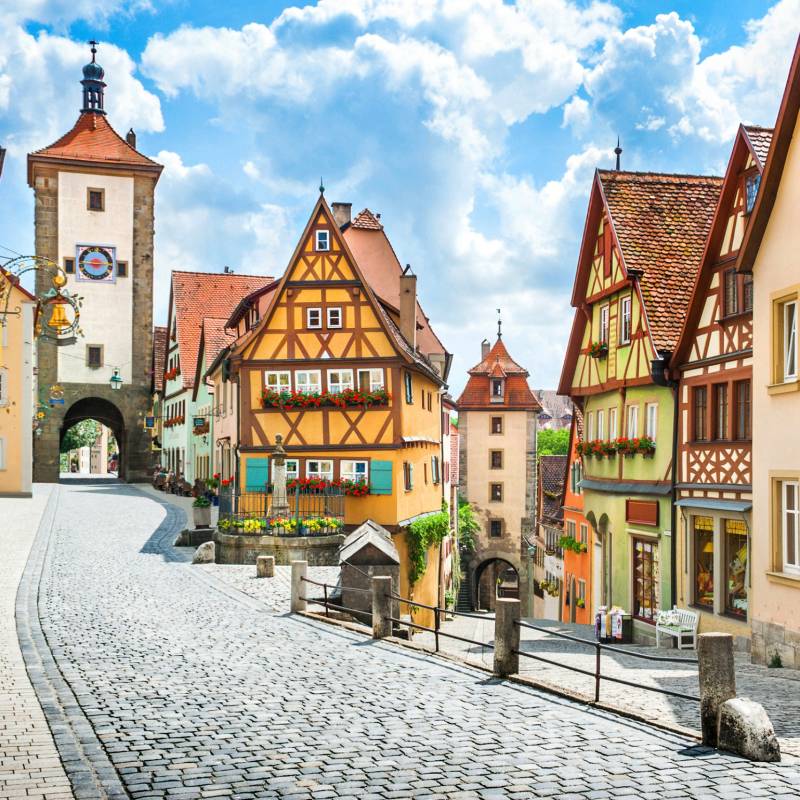
Greece
The best season to visit Greece is summer, between mid-June to July. At this time the mainland as well as the islands experience warm temperatures and dry weather, and the sea is perfect for a dip as well. The warm weather continues into September and while rainfall increases in October, with its mild temperature, this too is a great time to travel in the country.
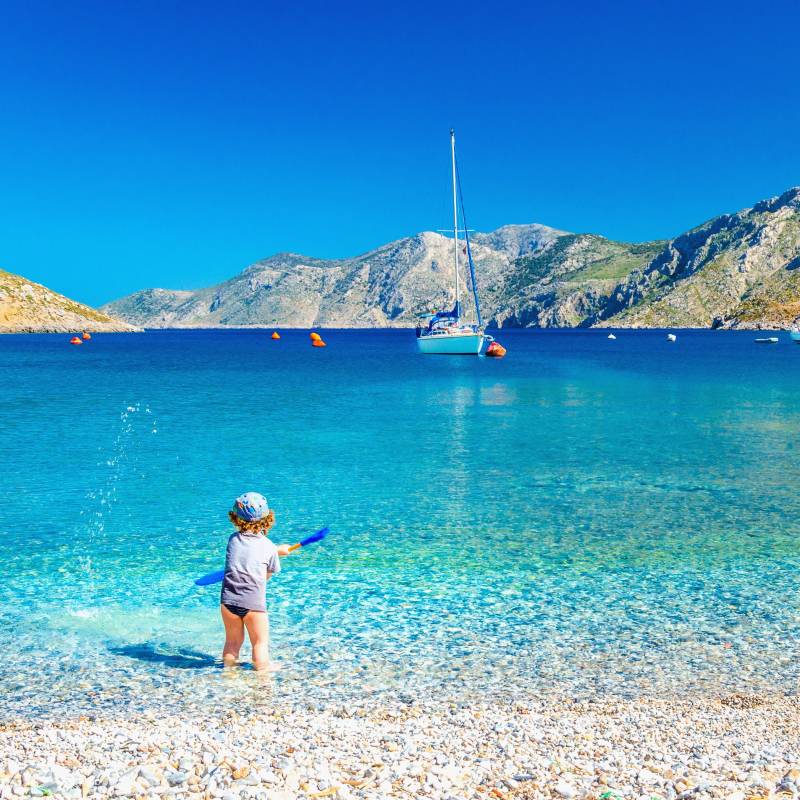
Iceland
Iceland experiences its busiest tourist seasons during the months of June and August, with nearly 20 hours of sunshine and relatively warm weather conditions. While the winter months of November to March can be intensely cold, it’s worth braving the snow and wind to see the spectacular Northern Lights on display at this time.
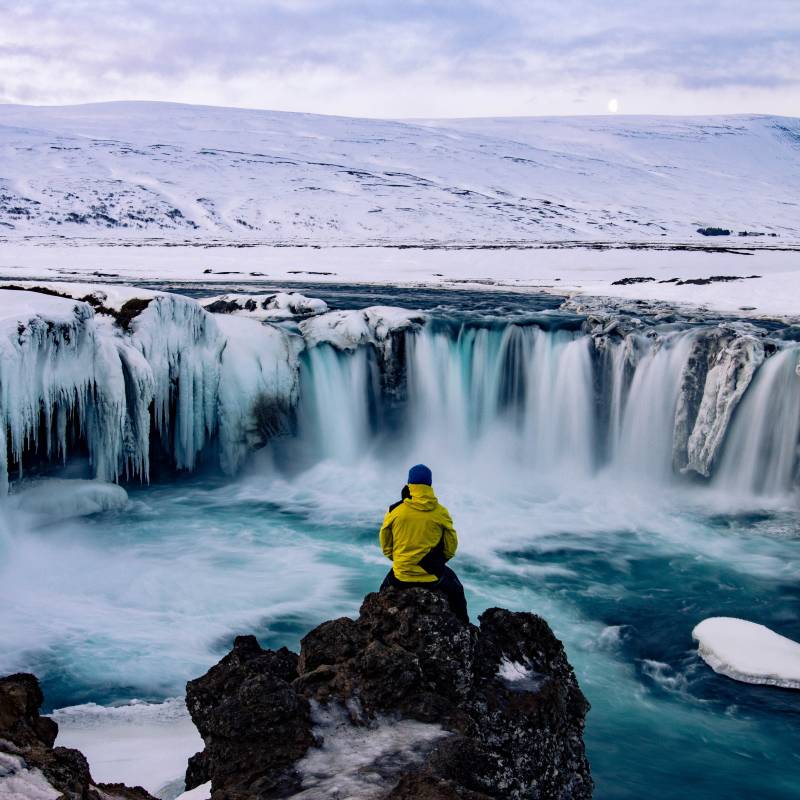
Italy
Italy is famous for its sun and heat. Picture the expansive vineyards of Tuscany, or the sun bleached ruins of Rome. Italy is hot yet, it is worth noting that this isn’t universal. Northern Italy, particularly in its more mountainous areas or the lake region, can be quite cool or even cold. So, if you plan to stay in the northern part of Italy, you might find it a good idea to visit during the summer when the whole country will be wonderfully warm – the perfect weath

Portugal
Despite summer being the most popular month to visit Portugal, we recommend travel in spring – from April to May – and fall – from September to October. While you may experience some rainfall during these months, the temperatures are pleasant enough to experience all of Portugal’s highlights without running into a host of other tourists. Madeira Island however, is a destination worth visiting at any time of the year.
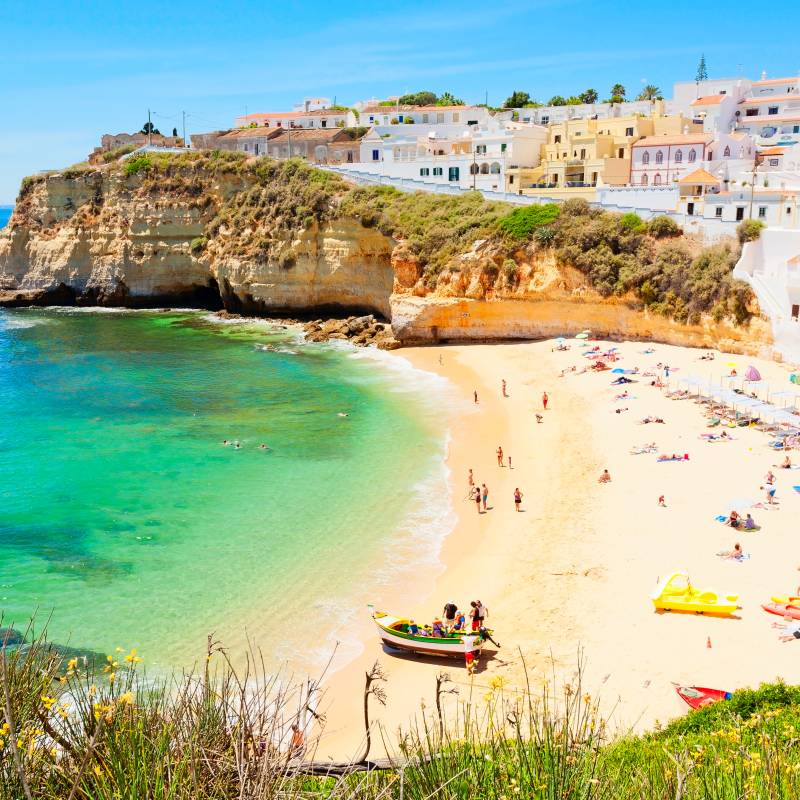
Spain
In the summer, Spain becomes a playground, and millions flock from all over the world to explore its rich culture, delicious cuisine, and fantastic city life. Because of this, if you want to avoid crowds, we recommend visiting in the spring or in autumn. As this is not peak season for visitors, the country will seem less busy, yet will retain the warm temperature that is perfect for relaxing in the sun, or sipping a delicious cafe con leche (coffee with milk) and watching the world go by.

Russia
Visit Russia in May to discover its parks bursting with colorful blooms! This is one of the best months to visit Russia, with ideal weather conditions to explore not just cities such as Moscow or St Petersburg, but also the beautiful countryside such as the Golden Circle and Karelia. While the summer months are ideal for a visit, they are also the wettest time of the year. Snowfall begins in the month of October, and temperatures can dip below freezing point at some parts of the country during winter.

UK and Ireland
The weather in the UK and Ireland is notoriously unpredictable. This is the case even during the summer months when rain is still quite common. UK & Ireland’s temperatures vary greatly depending on the season. Summers can be pleasantly warm, and the winters, bitingly cold. London, interestingly, sees generally higher temperatures than the rest of the UK. Scotland, given its northern location, gets the coldest weather, and on the Highlands, it rains frequently no matter the season. The weather in neighbouring Ireland can be equally wet, taking the worst of the Atlantic rainfall.
What to Pack for Europe
As Europe is a diverse and beautiful continent, bringing a camera on your travels is essential. However its diversity means that knowing exactly what to pack can be surprisingly difficult.
Spring – March, April, May
Spring is a wonderful time to be in Europe. As the season progresses, the temperature rises across the continent and flowers begin to bloom. Also, as most visitors choose to come to the continent during the summer, visiting Europe in Spring is a good way to avoid the crowds. In Southern European countries like Italy and Spain, you will find that the temperature is warm and comfortable, but not overly hot. Pack lightweight clothing, though you should be prepared to layer up if necessary, especially early in the season. In Northern and Central Europe, although the weather tends to be generally sunny, you can expect showers and occasional periods of chillness. So brining layers and thicker shirts is a good idea.
Summer – June, July, August
The summer season is the best time to visit Europe. In southern Europe, the sea is warm in summer and the sun shines for days. Given this, packing sunscreen is essential, with the strength generally depending on where you are; we recommend factor 50 if you are going to be spending a lot of time outside in Southern Europe. With clothing you should consider focusing on shorts, skirts, short sleeve shirts, sandals, and sunhats, to help keep yourself cool in the heat. While much of this applies for central and northern Europe too, you can expect this region to be relatively cooler with there being a chance of the occasional summer shower (especially in the United Kingdom).
Fall/Autumn – September, October, November
The key difference between fall and summer in Europe, aside from the decreasing temperature, is the frequency of rainfall. So wherever you are, bringing waterproof layers is important. In the south, this can be a simple waterproof layer or poncho. However, if you are going to be spending time in northern France, Germany, and the UK and Ireland, you should consider packing a full raincoat, especially later in the season when the region can be quite cold.
Winter – December, January, February
European winters are quite cold. This is as much the case down in the south as it is in the north, so wherever you go, you should pack warm and comfortable clothing. Remembering to pack a good fleece or two, sturdy shoes (in some places it can be icy underfoot), a warm hat, scarf, and gloves is essential, especially if you plan to spend some time outside. Despite the cold, this is one of the best seasons to visit Europe thanks to the wonderful festivities held across the continent.
Our destination experts are happy to share further insights on the best time to visit Europe. Discover the best of the continent on a private and tailor-made tour with us.

Popular Trips to Europe
Experience the best of German culture during this ten-day tour. Discover Frankfurt, where financial institutions rub shoulders with pretty parks and interesting museums. Explore Berlin’s iconic landmarks and WWII history. Taste a variety of delicious food in Germany’s capital city as well. End the vacation in vibrant and historic Munich, with its beer halls, Bavarian…
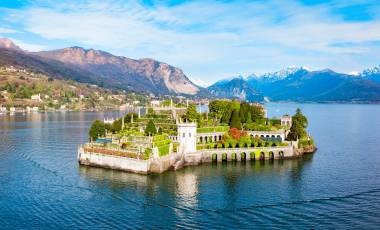
Discover Italy beyond the famous cities of Rome, Florence and Venice. This customizable Italy vacation takes you through the resort town of Stresa, the UNESCO-listed vineyards of Langhe, and the picturesque Gulf of Tigullio.

If you are a nature lover or outdoor enthusiast, this specially curated vacation is for you. Your journey begins in the beautiful waterfront town of Bellagio. Explore the Roman and Baroque architecture of Como, enjoy fabulous views of Lake Como in Varenna, and soak in the atmosphere of Bellagio’s medieval centre. Next, hop over the…

Experience the untamed wilderness of the Denmark Strait and northeast Greenland on this enchanting Arctic adventure. The northeast coast of Greenland is home to the largest fjord system in the world. Marvel at the dramatic landscapes, glaciers, and mighty icebergs around you. In the vast tundra, search for Arctic wildlife such as the musk ox,…

Stay in the finest hotels and enjoy a plethora of premium experiences as you delve into the fascinating history, culture and natural treasures of this beautiful country. Over the course of 11 enchanting days, you will explore the port city of Split, the lovely islands of Hvar and Korcula, and the world-famous town of Dubrovnik….

Embark on a culinary journey to uncover the assorted treasures of Greek cuisine and culture. Savor Greek wines at a family-run establishment in the company of a sommelier before heading off on a personalized Athens food tour with a local expert. More wine tastings await you at Santorini’s renowned vineyards. While here, you can go…
Sorry, your search found no results.
Destinations in Europe

The Best Cities to Visit in Europe
Go off the beaten track, and away from the crowds, to experience these charming European gems.
Read PostFrom the Blog
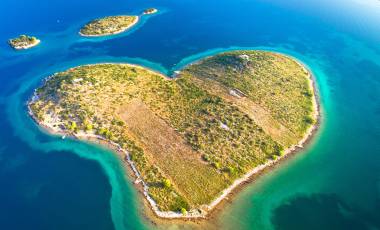
From dramatic ice caps and jewel-toned lakes to remote islands covered in verdant jungle and volcano craters, explore The Continent differently.

From geothermal spas to celebrated wine and food regions, take a true break from the everyday at these leisurely destinations in Europe.
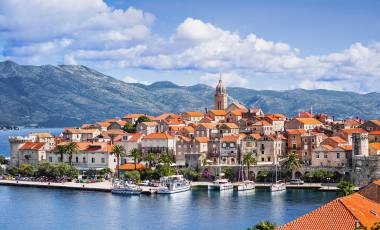
As part of our ongoing coverage of travel during the COVID-19 pandemic, we’re providing updates on specific regions.
Sorry, your search found no results.

